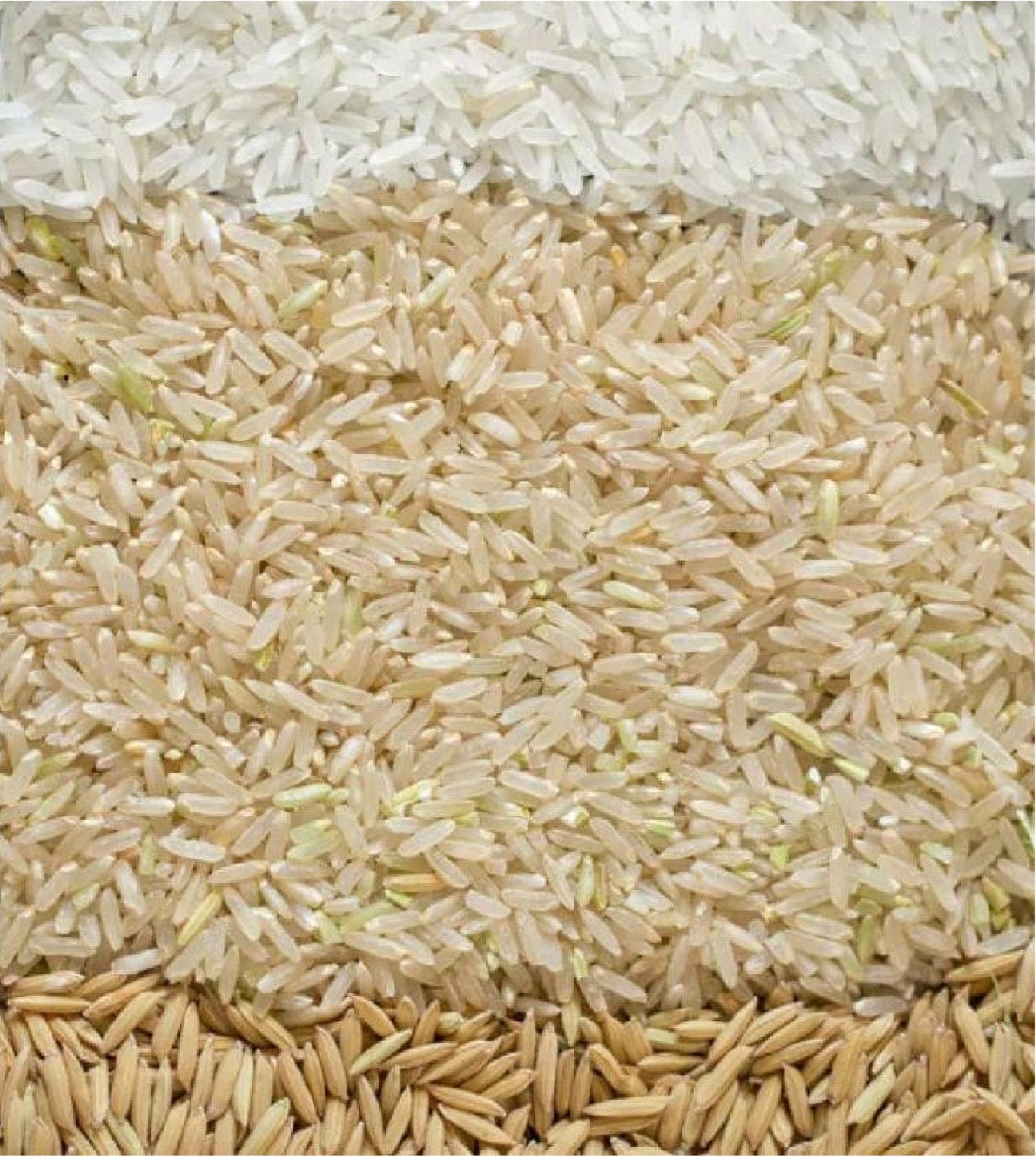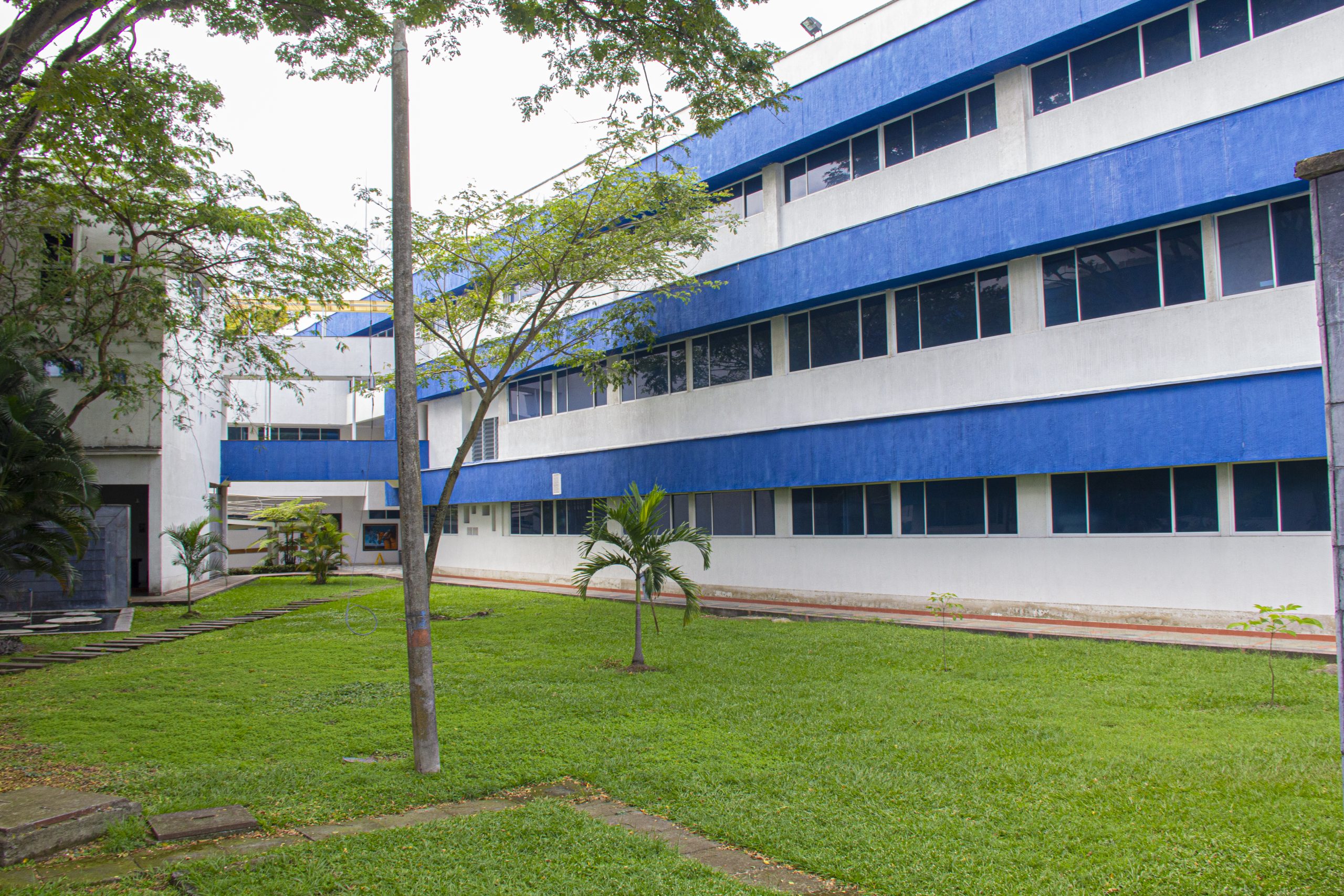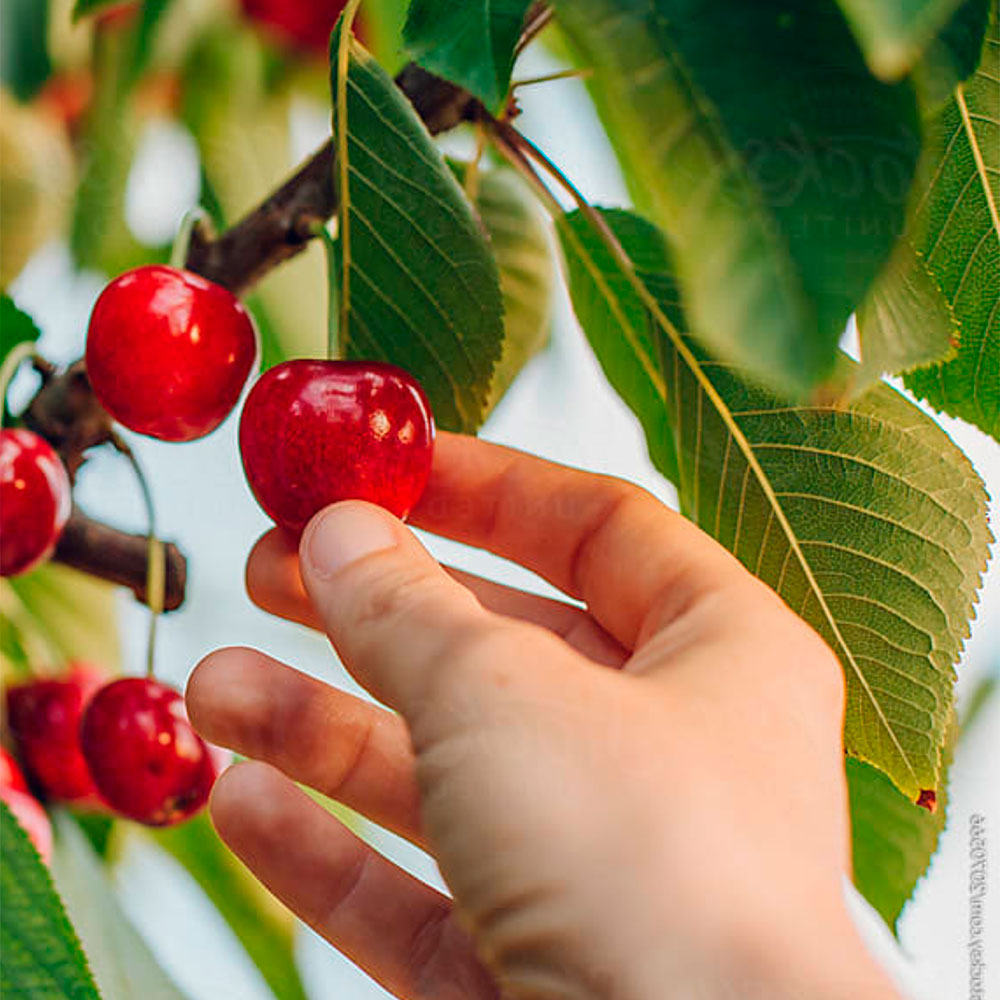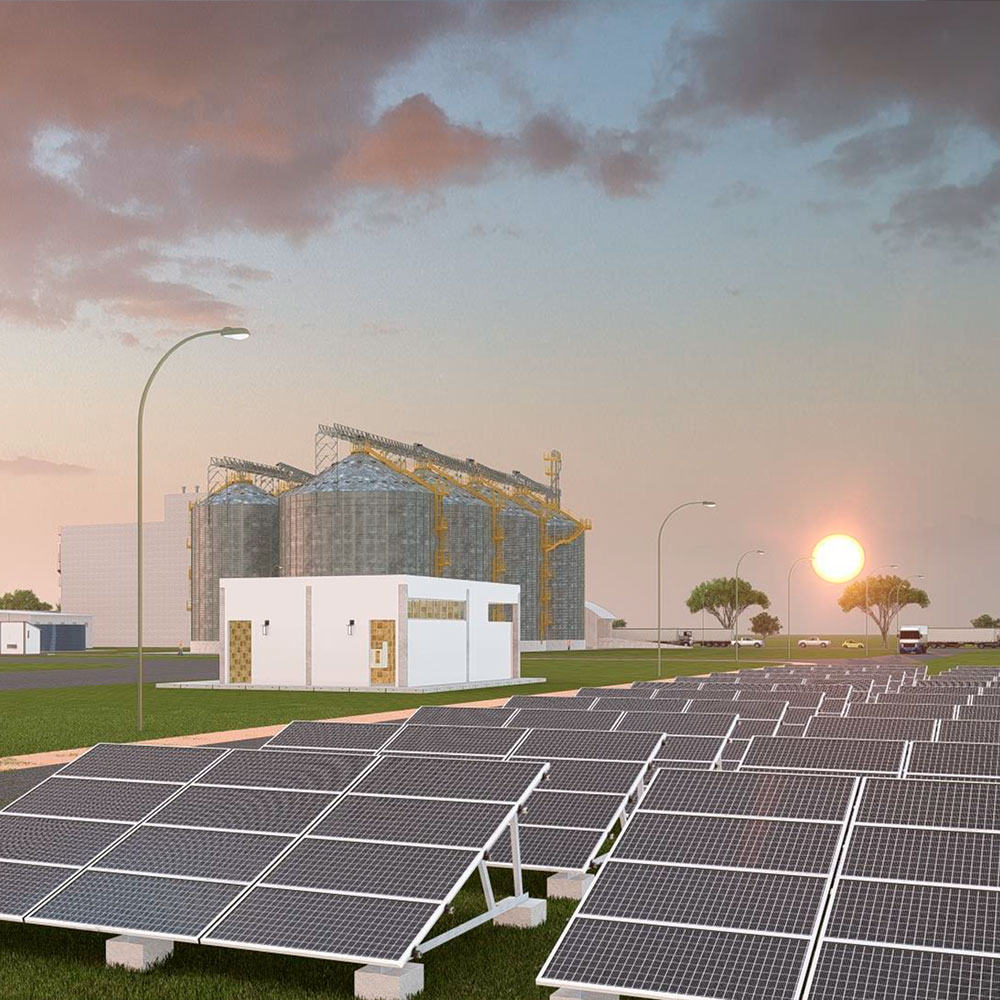Meet our projects
Abriendo Caminos

Agroparr Alimentos Ltda.
Agroparr Alimentos Ltda. combines more than 80 years of tradition with technological innovation in the rice sector. Through the modernization of its industrial processes, the company evolved from artisanal production to a sophisticated operation, positioning its brand Rozcato as a national reference and holder of the ABIAP quality seal. Its strategic plan focuses on four key areas: industrial modernization, expansion of production and logistics capacity, sustainability and diversification, and institutional strengthening — ensuring operational stability, competitiveness, and long-term growth.
The project’s implementation will significantly boost Agroparr’s competitiveness, regional development, and sustainability. By adopting advanced technologies and environmentally responsible practices, the company will reduce costs, increase production volumes, and create new jobs, stimulating economic activity in the South Sentinel region. The planned investment of US$ 60 million will enhance infrastructure, logistics, and production capacity, positioning Agroparr among the main rice producers in Latin America and contributing to national food security.
Beyond business growth, Agroparr stands out for its social and human focus, fostering inclusion, education, and community development. Its open recruitment policies embrace diversity and accessibility, while continuous training programs empower employees at all levels. The company also supports educational initiatives that connect students and professionals with the agricultural and technological sectors. In this way, Agroparr not only strengthens its own future but also that of its community — honoring its legacy through sustainable innovation and a firm commitment to regional prosperity and human development.

Hospital Extension
The BUGA Hospital Extension Project is a $10 million USD investment aimed at strengthening medium and high-complexity healthcare services in northern Valle del Cauca, Colombia. The expansion includes the construction and endowment of four key units: angiography, transplants, intensive care, and dialysis, all designed with cutting-edge technology and high standards of patient care.
This initiative is driven by the hospital’s mission to provide comprehensive and humanized healthcare, with quality, safety, and equal access for all. Its foundation rests on strong core values: hospitality as the heart of care, quality in service, respect for human dignity, efficiency in the use of resources, and responsibility toward patients, staff, the environment, and the wider community. The hospital’s vision is to become the leading healthcare provider in the region, operating under a sustainable and socially responsible model.

Cherries
The development of the following Project is based on investing in the purchase of cherry orchards in production in different locations in Chile, in order to have a production volume close to one million kilos, which will allow us to meet the different clients that Fruits Export has in China.
This production volume would generate an export of 150,000 boxes in 5 kilo format to be transported by sea and another 50,000 boxes in 2.5 kilo format to be sent by air, expecting sales revenues of more than USD 10,000,000 per season.
This investment also includes the installation and start-up of a fresh fruit processing and packaging plant, which will allow Fruits Export to process its own fruit, minimizing costs and risks by incorporating the expected economy of scale model.
Fruits Export SpA is a company that has been operating since 2018 and has clients that will allow it to sustain the operation over time with the requested investment and guarantee the good development of the project.

WHEAT CRUSHING PLANT “FLOUR MILL”
For the purposes of this project, a milling installation has been proposed in such a way that it allows us to crush a daily volume of 300 tons. Given the characteristics of the mill, it allows us to obtain a 78 % yield, which means a production of 234 tons per day of final products; that is, flour in types 0000 and 000. Regarding the production of flour type 000, it represents 75 % of the daily production; that is to say, an estimated total of 175.5 tons per day, while the 25% remaining of production of flour type 0000 represents 58.5 tons per day. The remaining 22 % of the wheat that enters the mill is a byproduct with many potential uses, so its production and marketing should also be considered. This data leads us to conclude that with this mill we will reach an annual production of 84,240 tons, of which 65,707.20 tons corresponds to flour type 000 and 18,382.80 tons to flour type 0000.
The complete project includes commercial offices, where all the administration of the complex will take place. A laboratory that will be in charge of the permanent quality control of the production and also it will provide advice and analysis to other plants with similar characteristics. What is more, it will certify all the standards internationally recognized such as ISO 14001 Environmental Management, ISO 9001 Quality Management System and OHSAS 18001 Occupational Health and Safety.
This plant will house CUSTOMS and SENASA (National Agri-food Health and Quality Service) offices for the control of exports and food quality, respectively. Furthermore, the milling sector and the silos sector form a specific place for unloading wheat and adaptation for milling.
In another area, there will be a totally autonomous and automatic fire prevention system. Also, there will be a gas plant and a generation plant that will be reinforced with a solar park to ensure the supply of energy and avoid losses due to unproductiveness.
In addition, the plant will have adjoining areas for the operations and the administration personnel, as well as for drivers of the heavy flour transport fleet.
There will be an area of 2,500 ha for the sowing of wheat that will provide us with an estimated of 10,000 tons a year. All this will allow us to absorb any inconvenience in the partial supply of wheat.
This plant will have transport equipment to carry 25 tons of raw materials from the harvest places to the processing plant.
Thus, there will be a large production of flour to export to Brazil and other countries, as well as to supply the domestic market. According to publicly available information in 2019 Brazil acquired about 6 million tons of wheat flour for a value of USD 1.3 billion.
